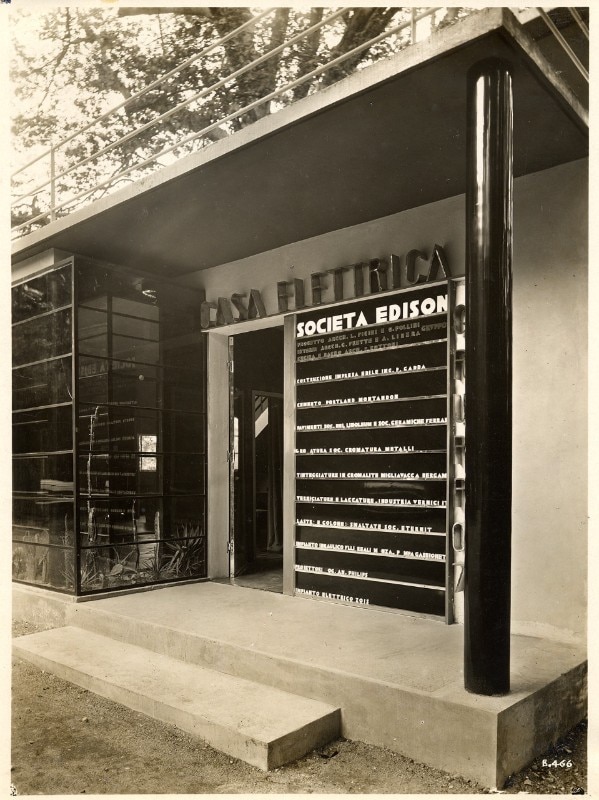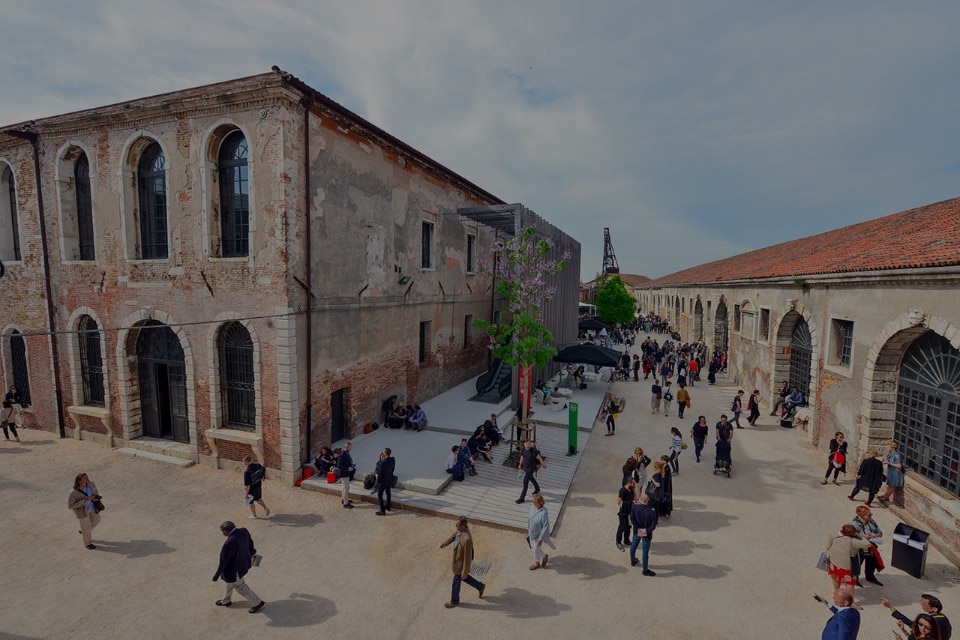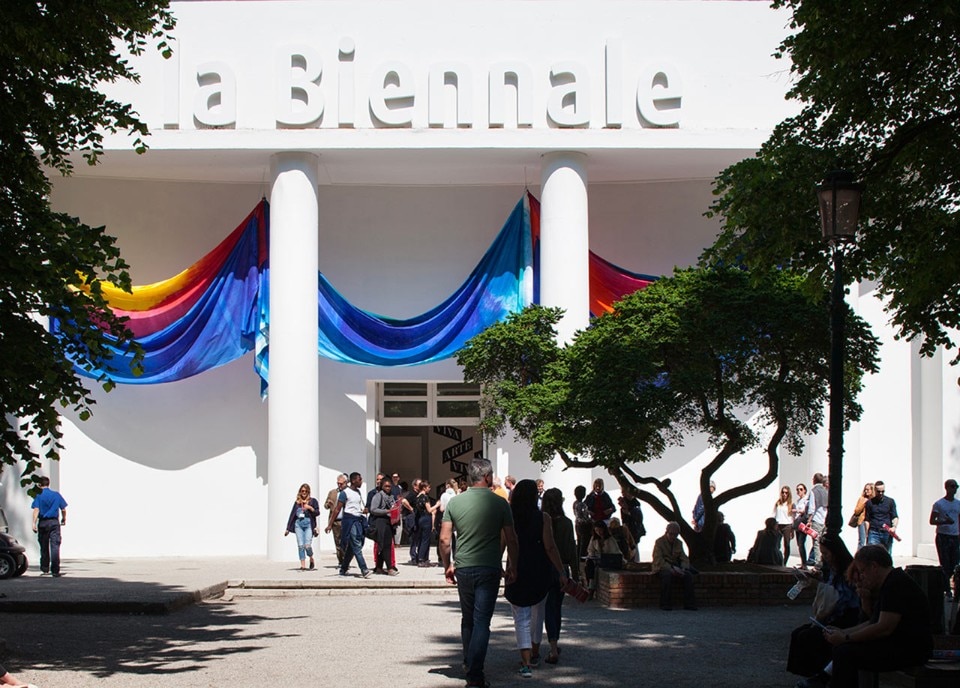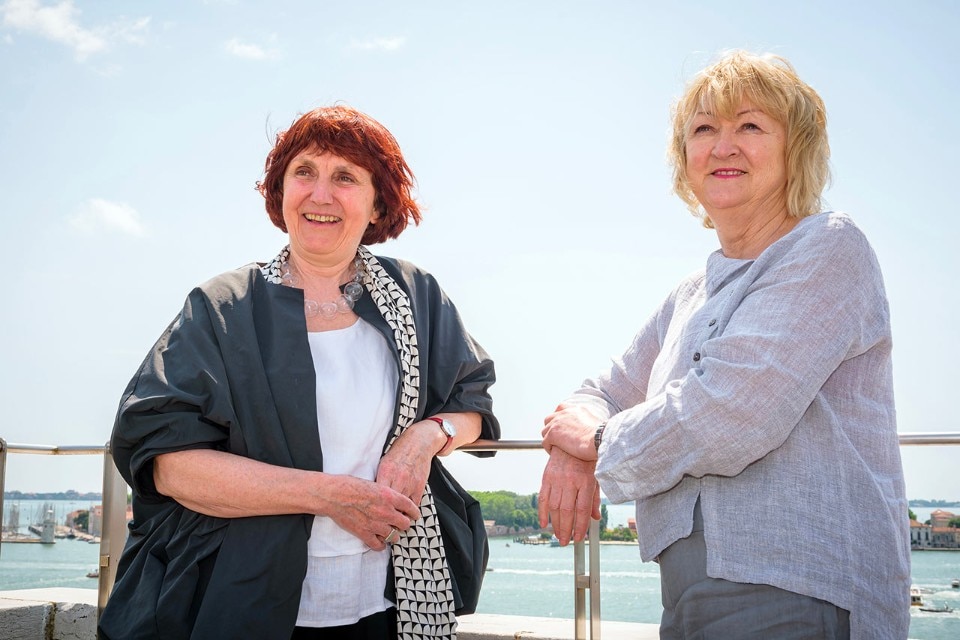Inspired by Gio Ponti in 1930, the design of the “Casa Elettrica” allows the house to be considered even more so as a kind of “condensed city” projected into the future. This event has inspired Edison today in its debut at the 16th International Exhibition of Architecture.
A number of space agencies concur as to the identification of the closest date for landing on Mars with a view to colonisation to be 2030. Many companies and designers around the world concerned with the idea of the “smart city” have taken on board this legendary horizon as an engine for strengthening the development of their own highly advanced solutions that will naturally have the most immediate and virtuous repercussions first and foremost here on planet Earth. It seems to be peculiarly interesting to be able to define this projected date as the anniversary, exactly a century on, of the first visionary intuition of “smart architecture” (even though as we know in 1930 the use of English terms in Italy was much less widespread). We are of course talking about the “Casa Elettrica”, built for the “IV Esposizione Triennale Internazionale delle Arti Decorative ed Industriali Moderne” that was held in Monza from May to November 1930.
Inspired by Giò Ponti, not long after he founded Domus, and sponsored by the Società Generale Italiana Edison di Elettricità, the design of the “Casa Elettrica” was historically attributed to Gruppo 7, even though it was in reality the work of only some of its members. Luigi Figini and Gino Pollini were the architects of the house and the decor in the child’s bedroom, Guido Frette and Adalberto Libera designed the decor in the living room, dining room and master bedroom, Piero Bottoni – the only outsider of Gruppo 7 – came up with the design for the bathroom, kitchensink and ancillary room. A multiplicity of truly forward-thinking “design hands” that allows the house to be considered even more so as a kind of “condensed city” projected into the future.

The design redefined form as energy: the walls tended to disappear, opening from the floor to ceiling onto the landscape while the windows became luminous, horizontal, ever-changing pictures. This event, a key part of the company’s history, has inspired Edison today in its debut at the Venice Biennale for the 16th International Exhibition of Architecture. An extensive and articulated collaboration that involves the structures with the greatest energy intensity and impact in the exhibition being subjected to a "smart audit" in order to better manage energy resources, with the help of the IoT, as well as proposing interventions for optimising consumption for the energy-intensive and high impact structures of the exhibition. As also in the Lighthenge installation, designed by SBA and recently built by Edison in Milan for the Salone del Mobile, architecture and the city are transformed into instruments for visualising energy, to engage spectators in a multifaceted and surprising way. And this, is perhaps the thing that is most “smart” (or maybe we should say, the most “electric”).
- Manufacturer:
- Edison
- Address:
- Foro Buonaparte 31, Milan
- Website:
- www.edison.it





